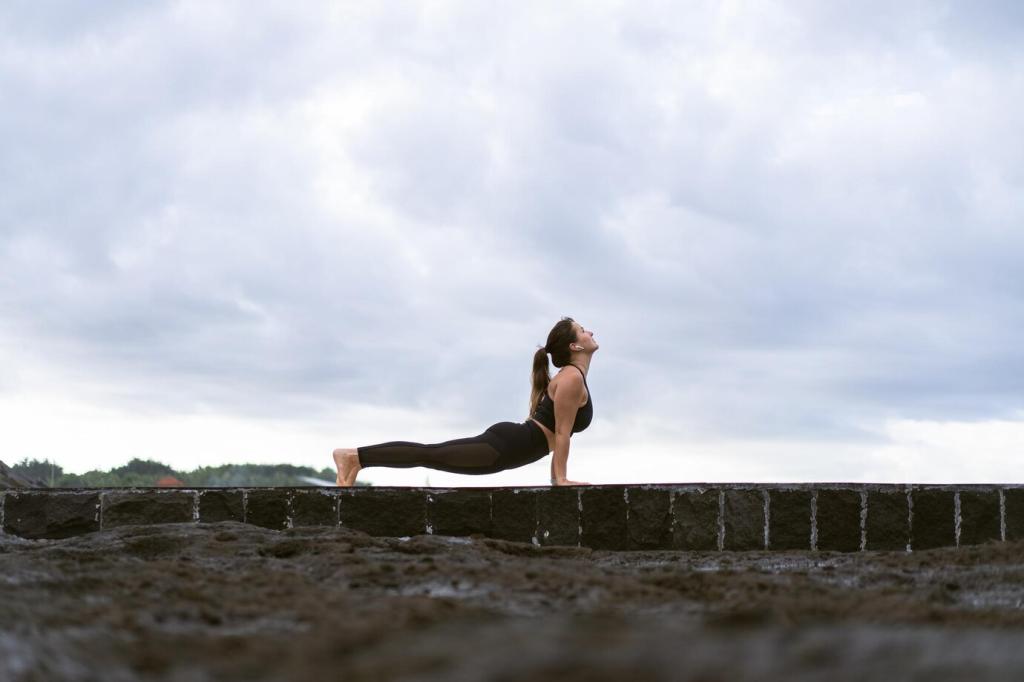
Yoga for Athletes: Combining Mindfulness and Flexibility
Today’s theme: Yoga for Athletes: Combining Mindfulness and Flexibility. Step into a training approach that sharpens focus, expands range, and protects your body through every season. Subscribe for weekly athlete-focused flows, mental cues, and recovery rituals designed to translate directly to performance.
Mindfulness Turns Nerves into Fuel
A middle-distance runner once described pre-race jitters as electric static. With mindful breath counting and body scans, that static became focus. Instead of fighting adrenaline, she aimed it. When the gun sounded, her first lap felt calm, not frantic—sharp attention without wasted energy.
Flexibility Keeps You Moving Cleanly
When your hips, ankles, and thoracic spine move freely, technique holds under fatigue. Flexible tissues allow cleaner mechanics, reducing compensations that invite overuse aches. Yoga sequences blend mobility with control so your stride, swing, and change of direction stay efficient when the game gets chaotic.
Breathwork for Competitive Focus
Before the whistle, inhale four, hold four, exhale four, hold four—repeat for two minutes. Box breathing steadies heart rate variability and quiets mental noise. Athletes report clearer decision-making and smoother starts. Try it this week and comment how your first minutes felt different.
During steady efforts, nasal breathing encourages diaphragmatic mechanics and efficient pacing. Pair steps or strokes to breath counts—four in, four out—to moderate surges and avoid redlining early. If heat or intensity rises, extend your exhale subtly to maintain control without losing competitive aggression.
After a turnover or missed rep, athletes often tighten and chase. One slow, extended exhale—like fogging a mirror—releases tension and sharpens the next play. It’s a tiny, teachable reset. Share your favorite in-game reset cue so teammates can test it in practice.
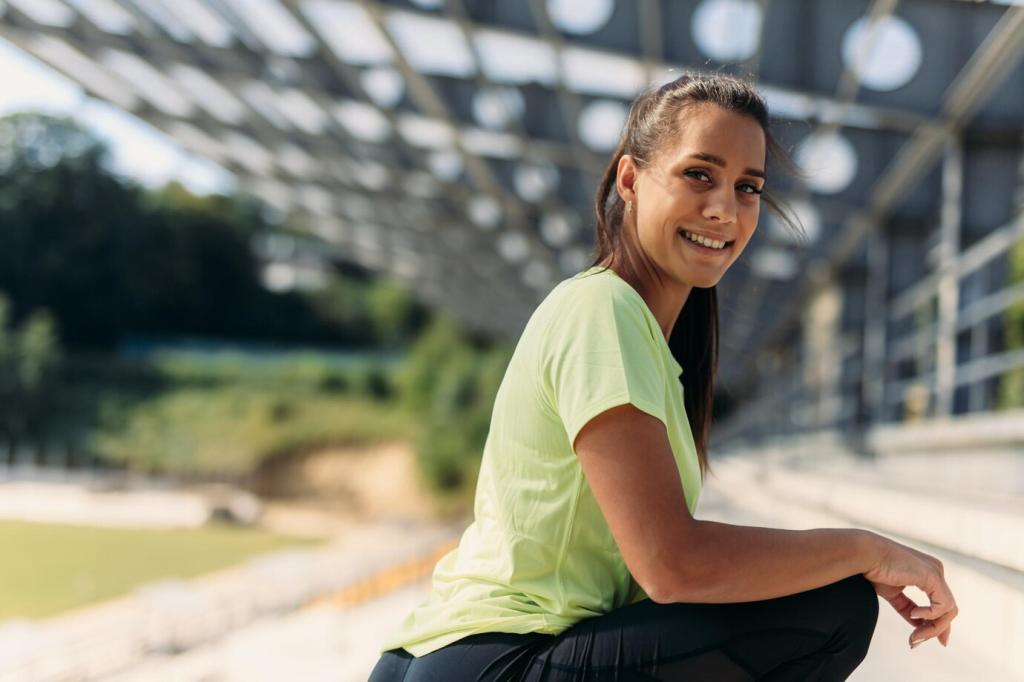
Flexibility Progressions Tailored to Sport
Low lunge, lizard, and pigeon variations open hip flexors and rotators while maintaining spine neutrality. Add gentle pulses and end-range holds with light contractions to build usable mobility. Notice stride length and hip stability on your next tempo—then message us what changed first.
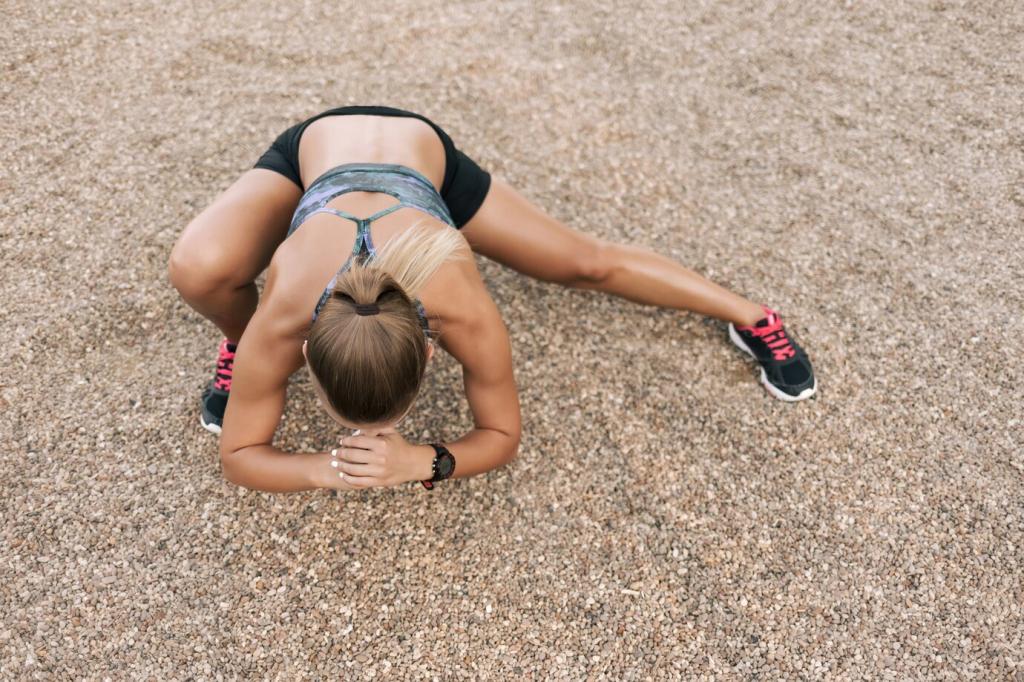

Flexibility Progressions Tailored to Sport
Thread-the-needle, sphinx, and puppy pose improve thoracic rotation and extension crucial for clean pulls and powerful throws. Cue breath into ribcage expansion, not the lower back. Over time, athletes report smoother follow-through and fewer cranky shoulders as the mid-back finally starts contributing.
Strength Through Control: Mobility You Can Use
Swap limp holds for controlled articular circles and lift-offs. For hips, hover your heel an inch off the floor in 90/90 positions, breathing steadily. Owning motion builds stability where injuries often start. Comment which joint feels most locked, and we’ll craft a focused drill thread.
Strength Through Control: Mobility You Can Use
Use gentle contract-relax techniques: press lightly into the stretch, then deepen a touch as tissues relax. In a hamstring fold, engage to ten percent for eight seconds, release, then breathe deeper. Over weeks, you’ll gain motion you can actually protect during chaotic, high-speed plays.
Strength Through Control: Mobility You Can Use
Tree pose, Warrior III, and single-leg deadlift transitions challenge ankles, knees, and hips to coordinate. Keep eyes steady, ribs stacked, and feel the foot tripod. These drills teach subtle stability that saves you when landing imperfectly. Share your favorite balance challenge to inspire the community.
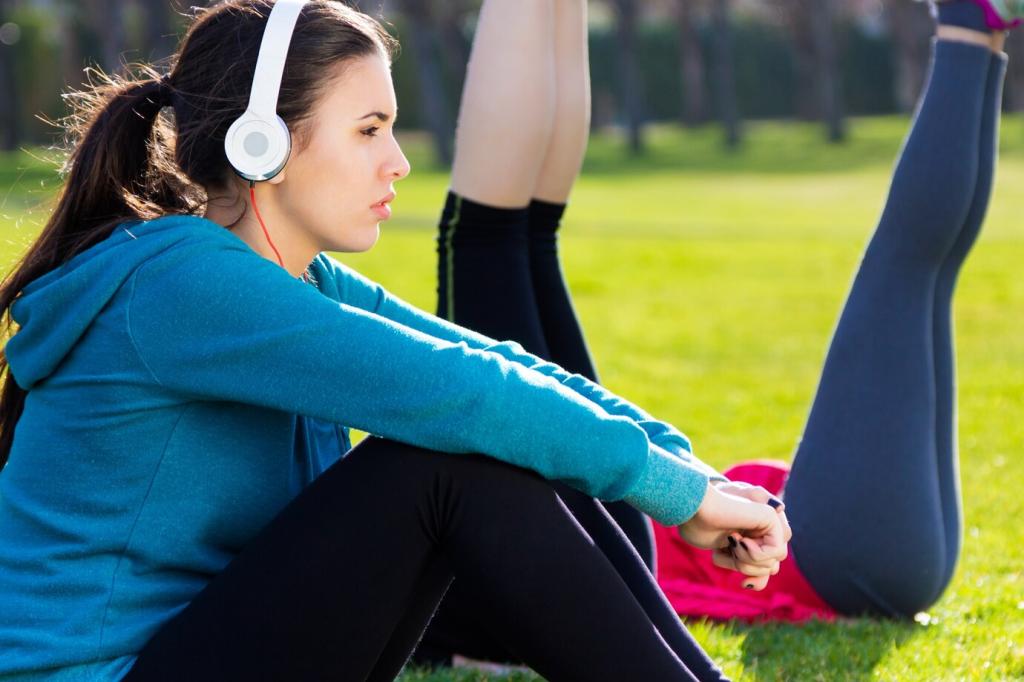
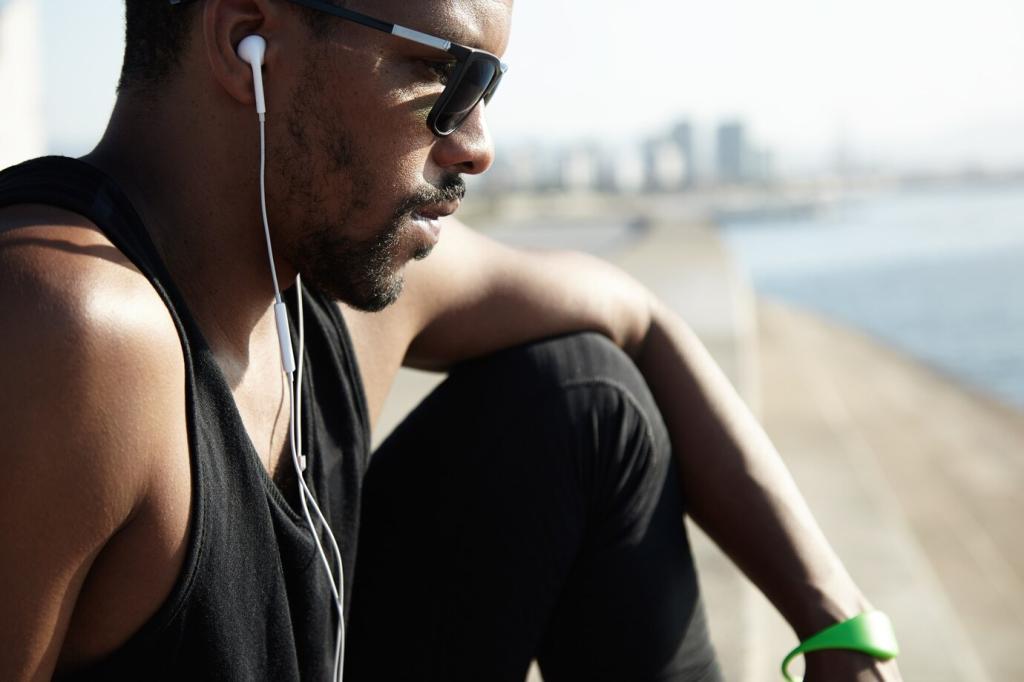
Mindfulness Tools for Pressure Moments
Picture your warm-up, first steps, and the exact moment you execute. Hear the crowd, feel your breathing, sense ground contact. Athletes who rehearse calmly often react faster without panic. Try five minutes nightly this week, then tell us what detail made your visualization feel real.
Mindfulness Tools for Pressure Moments
After competition, note three effective decisions and one actionable improvement. No shaming, just learning. Pair the review with five slow breaths to anchor perspective. Over time, this mindset builds confidence that survives bad breaks and tough calls, turning setbacks into reliable feedback for training.
A Practical 20-Minute Athlete Flow
Two minutes box breathing, then cat-cow, thoracic rotations, and ankle rocks. Keep breath smooth and eyes soft. Set a simple intention like, “Move cleanly.” This primes the nervous system for efficient motion instead of frantic effort, especially before moderate workouts or tactical sessions.
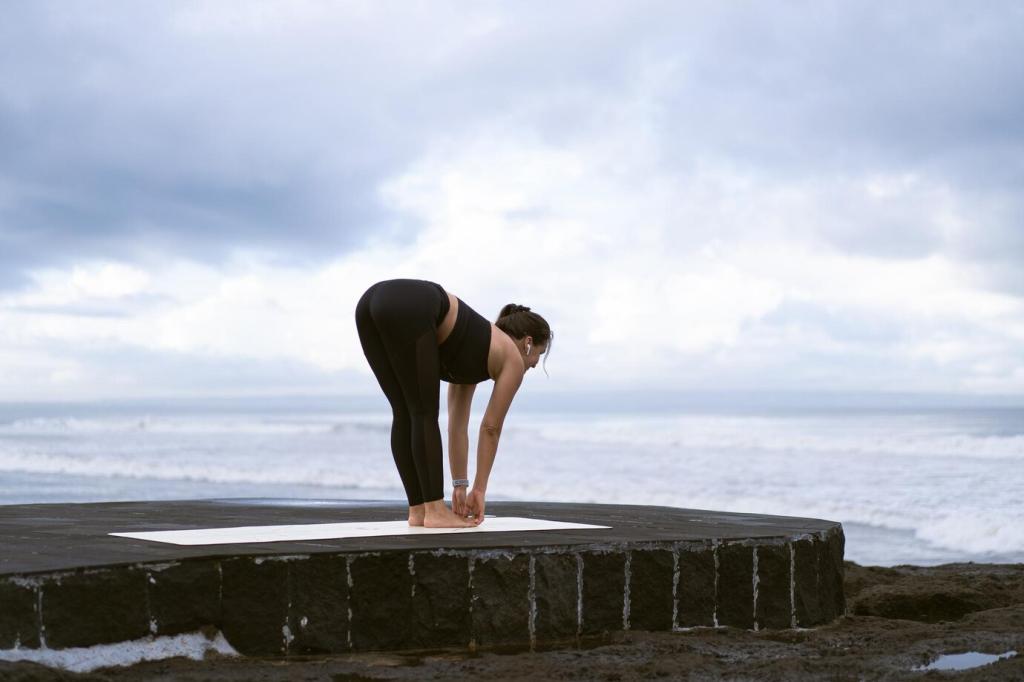

Recovery, Sleep, and Consistency
A ten-to-twenty-minute yoga nidra after training can downshift stress and improve perceived recovery. Keep the room dim, legs supported, jaw soft. Pair with a consistent bedtime ritual. Tell us whether afternoon nidra or pre-sleep breathwork gave you deeper rest and calmer mornings.
Recovery, Sleep, and Consistency
On demanding cycles, do six-minute mobility snacks: two hips, two spine, two breath. Small, frequent doses sustain range without adding fatigue. Mark them on your schedule as non-negotiables. Share your favorite quick combo so teammates can copy it during tournament stretches and travel days.
